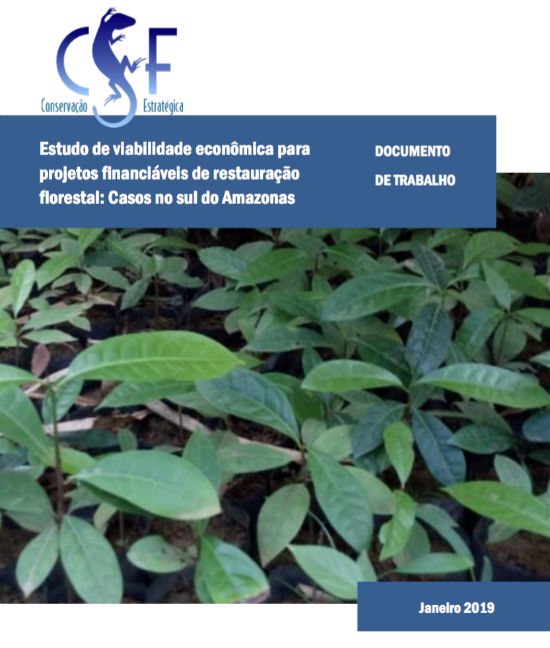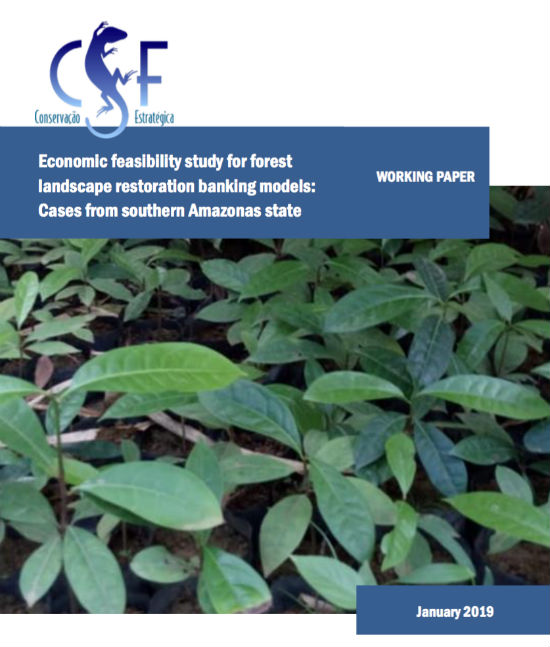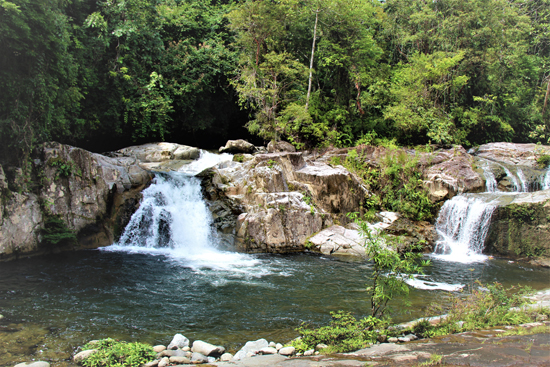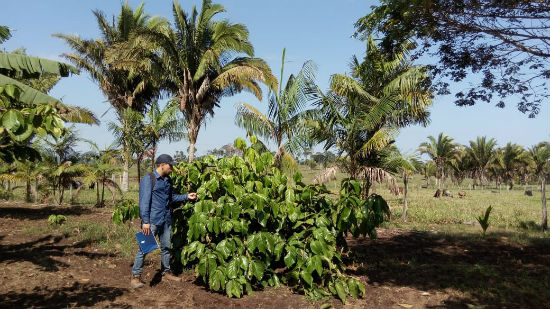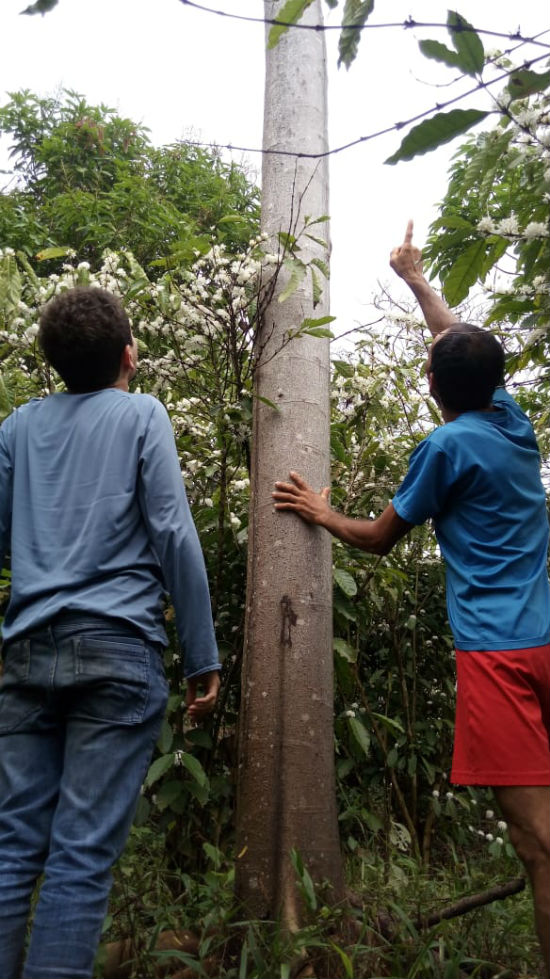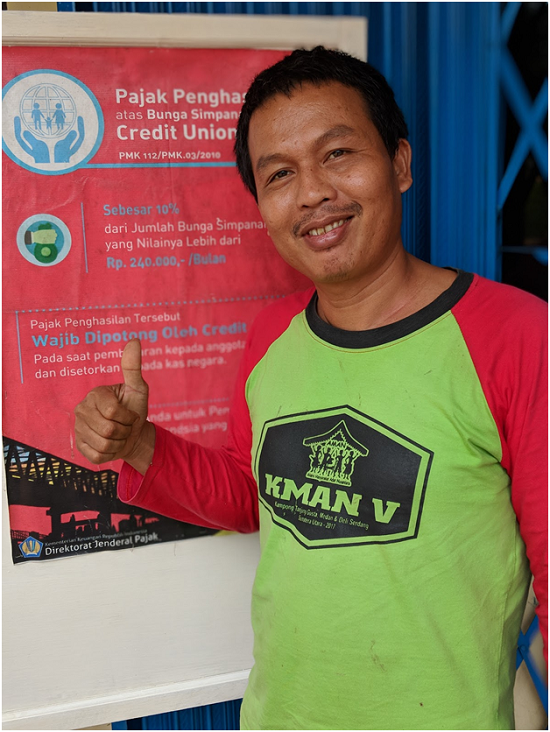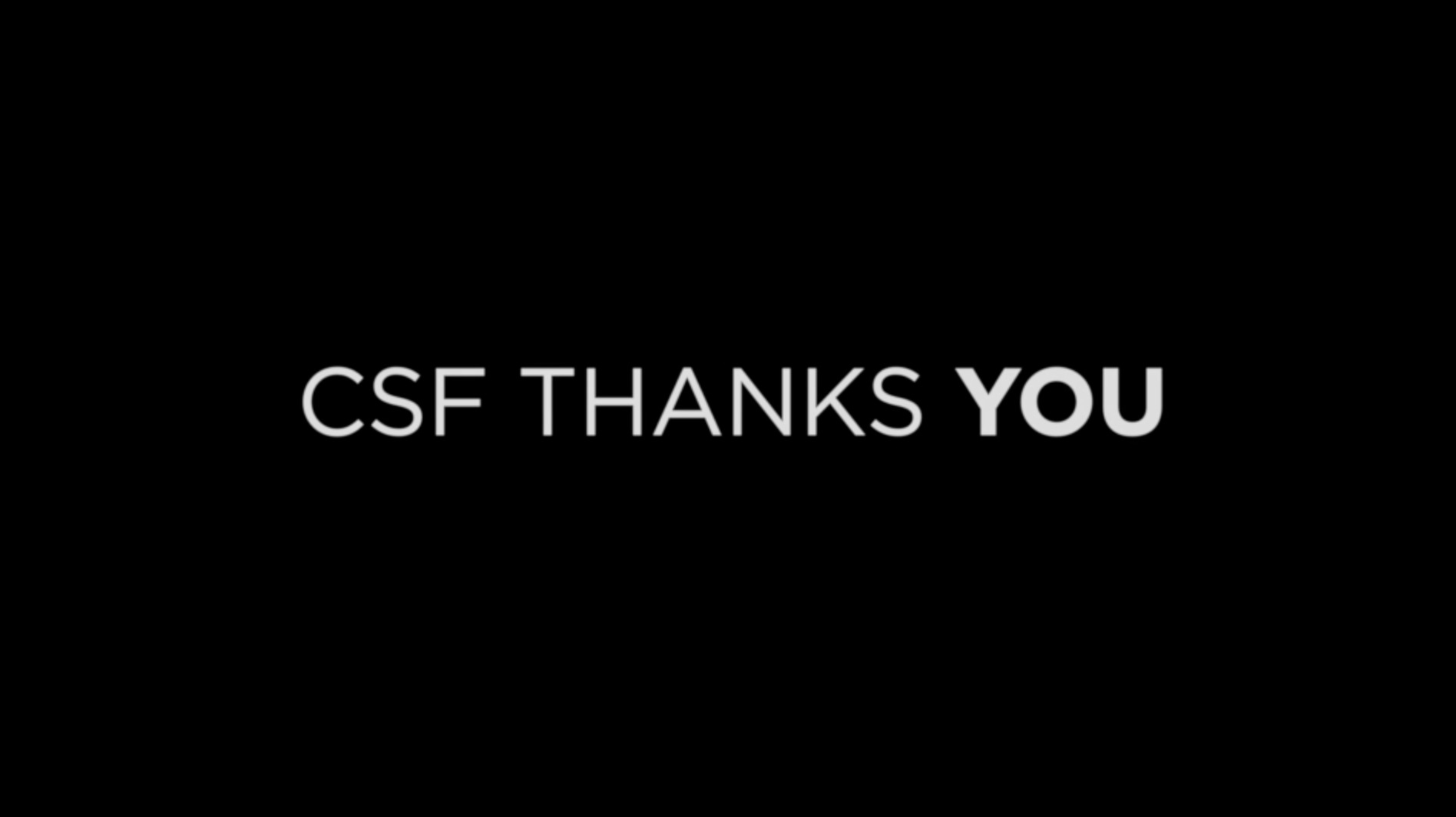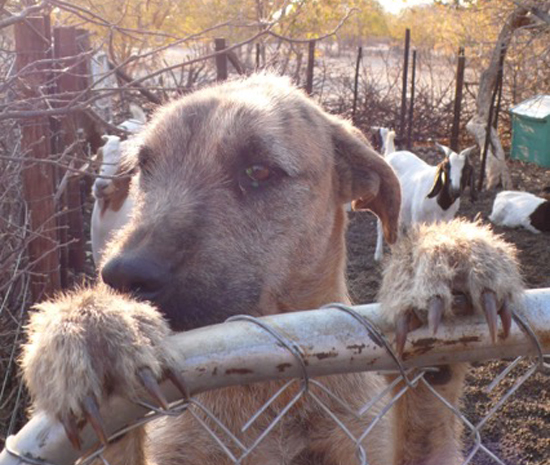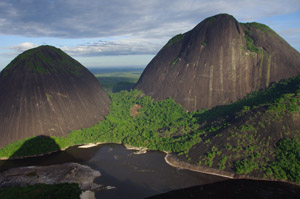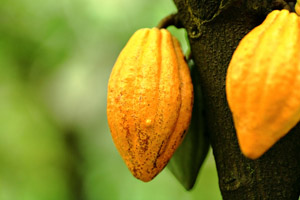News
CSF-Brazil conducted a feasibility study of the most promising restoration business models for private investment in southern Amazon (AM) state, Brazil.
We conducted an economic assessment of three restoration models based on agroforestry found in the field: (1) Guaraná; (2) Coffee, cocoa and guaraná; (3) Coffee, cocoa, guaraná, açaí and banana. Feasibility results show that private investors can be attracted by these compelling business cases.
CSF-Brazil conducted a feasibility study of the most promising restoration business models for private investment in southern Amazon (AM) state, Brazil.
We conducted an economic assessment of three restoration models based on agroforestry found in the field: (1) Guaraná; (2) Coffee, cocoa and guaraná; (3) Coffee, cocoa, guaraná, açaí and banana. Feasibility results show that private investors can be attracted by these compelling business cases.
Sintarum waterfalls in Sintang. Photo credit: CSF CSF-Indonesia is continuing to work with the government of Sintang to integrate sustainability principles into development planning. From January 15-18, we conducted a workshop on sustainable landscape modeling, building directly on the scenario planning workshop we held in October.
Understanding the forest restoration models used.
Understanding the forest restoration models used.
Every day, support from donors like you makes our work possible. Are you willing to make a special year-end donation to help us protect ecosystems around the world?Please, click here to make your donation now.
Photo credit: Rhona Barr
CSF and Cheetah Conservation Botswana (CCB) developed a cost-benefit model for ‘cheetah-friendly’ predator control methods. This project was made possible by funding from the Handsel Foundation.
Game theory emerged in the 1940’s as a math-driven, esoteric science of how people alternately cooperate and compete to get what they want. It’s been used in business, diplomacy and military strategies and won famed Princeton economist John Nash the Nobel Prize in 1994. Now, far from the halls of academia and the corridors of power, it’s also being used to conserve nature.
We found this long bridge that connected a rainforest community and consumers in the city,” says Alfonso Malky. “It was made of chocolate.”
In 2011, CSF’s Malky discovered a complex, but promising web of connections between economics, the environment, and the human condition when he created a market study for the Bolivian chocolate company Selva Cacao (“Jungle Chocolate”).

